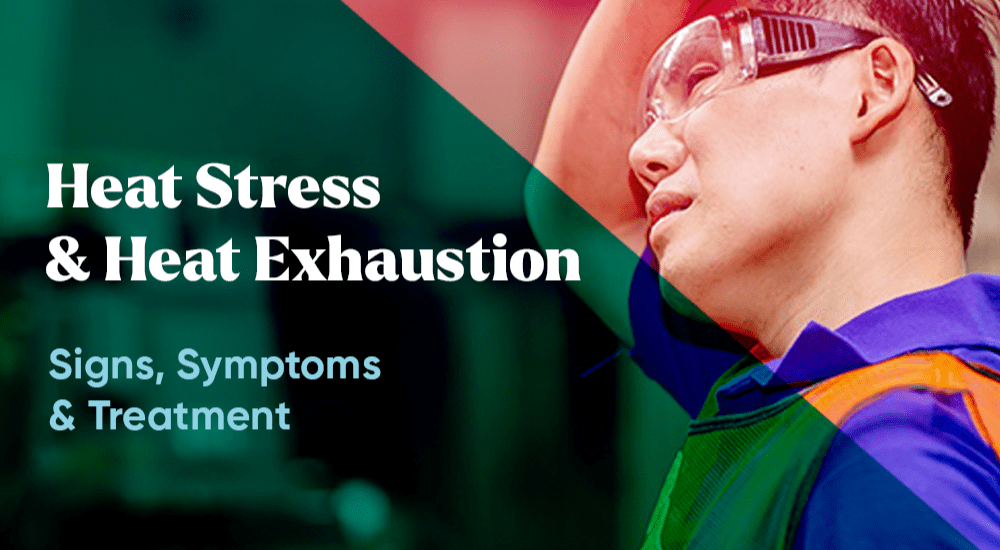
SAFETY UPDATE | HEATSTROKE & HEAT EXHAUSTION
Australia's summer climate is one of extremes, with many regions regularly experiencing temperatures 30 degrees and above.
In this blog, learn about the signs, symptoms and treatment of heatstroke and heat exhaustion and the steps you can take to help yourself and others stay safe.
Heatwaves and hot weather can kill, and the risk of heat-related illness is higher for young children and elderly persons, during pregnancy and when taking certain medications.
What is heat exhaustion?
Heat exhaustion happens when someone becomes dehydrated due to fluid loss from a hot environment and/or excessive physical activity.
The symptoms of heat exhaustion include:
|
|
Treatment
Help the person to lie down in a cool or shady area to monitor
Remove excessive clothing and loosen any tight clothing
Immerse hands and feet in cold water, cool by fanning and moisten the skin, if possible
If fully alert and responsive, give them frequent small drinks of water
If muscle cramps occur, gently stretch the affected muscles to ease the pain
What is heatstroke?
Heatstroke is a life-threatening emergency and can cause a person to collapse or fall unconscious. Heatstroke is more serious and means the body is no longer able to regulate its temperature by cooling the skin's surface by sweating. The internal body temperature rises, and organ damage can occur.
The symptoms of heatstroke include:
|
|
Treatment
Immediately call 000 for an ambulance
If available, have the person take a cold shower or bath
Cool the person with household items such as wet towels, fans or icepacks placed in the neck, groin and armpits
If unresponsive or not alert, place in the recovery position
Prepare to give CPR if necessary
Heatwaves can kill, so it's important to be aware of what to look for and what you can do to help.
For more information, the Red Cross has an excellent First Aid app (download here)and advice about how to stay cool in hot weather.
